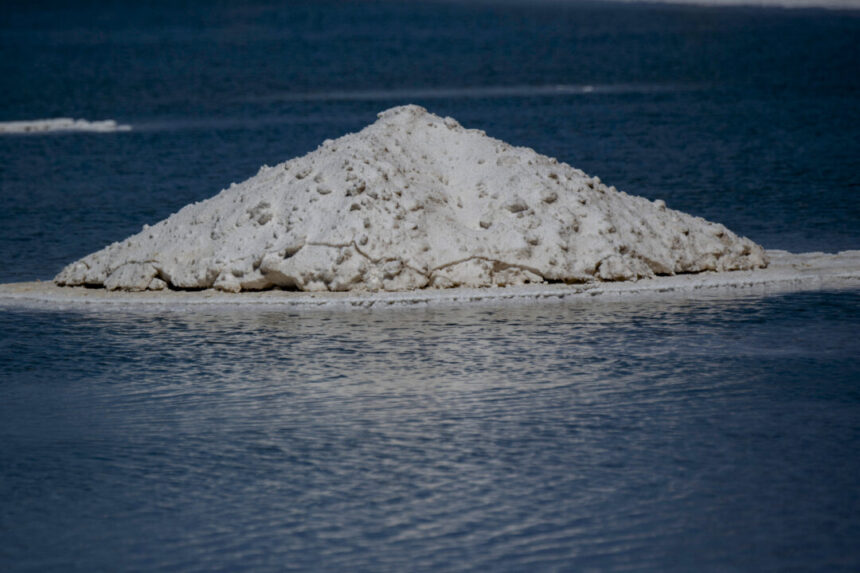The research, which combined efforts between the USGS and the Arkansas Department of Energy and Environment’s Office of the State Geologist, employed a methodology using water testing and machine learning to estimate how much lithium is present in brines within what’s known as the Smackover Formation.
USGS director David Applegate said the discovery has several meaningful implications.
“Lithium is a critical mineral for the energy transition, and the potential for increased U.S. production to replace imports has implications for employment, manufacturing, and supply-chain resilience. This study illustrates the value of science in addressing economically important issues,” he said.
The Smackover Formation, a remnant of an ancient sea, extends under parts of Arkansas, Louisiana, Florida, Mississippi, Alabama, and Texas. Known for its oil and bromine deposits, it recently gained attention for potential lithium in high-salinity waters associated with deep salt deposits, according to the press release.
Katherine Knierim, the study’s principal researcher and a USGS hydrologist, cautioned that while the estimates are substantial, they cannot predict how much is recoverable.
“We estimate there is enough dissolved lithium present in that region to replace U.S. imports of lithium and more,” she said. “It is important to caution that these estimates are an in-place assessment. We have not estimated what is technically recoverable based on newer methods to extract lithium from brines.”
The discovery comes at a crucial time as global lithium demands are on the rise with the production of electric and hybrid vehicles and less reliance on fossil fuels, according to the agency. USGS said the United States currently relies on imports for more than 25 percent of its lithium needs.
Researchers utilized machine learning—a form of artificial intelligence—to create predictive maps of lithium concentrations throughout the Smackover Formation. Samples from Arkansas were analyzed at the USGS Brine Research Instrumentation and Experimental lab in Reston, Virginia, and compared with historical data from the USGS Produced Waters Database, according to the press release.
“The USGS—and science as well—works best as a partnership, and this important research was possible because of our strong partnership with the Office of the Arkansas State Geologist,” Knierim said.
The USGS has served as the nation’s primary source of impartial scientific information on geologic, energy, and mineral resources since 1879. It also tracks lithium production, demand, and imports in the United States under a role mandated by the Energy Act of 2020.






